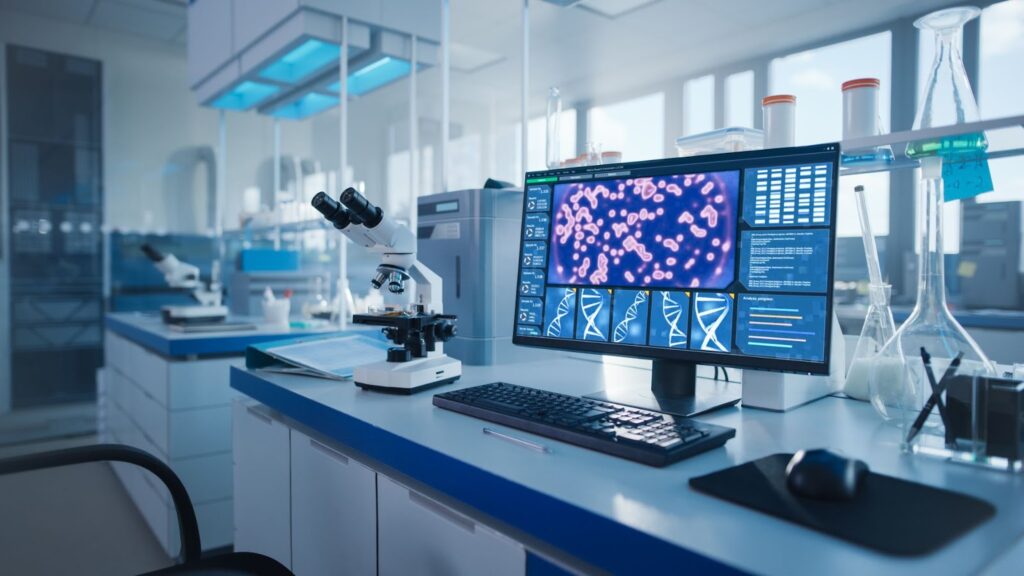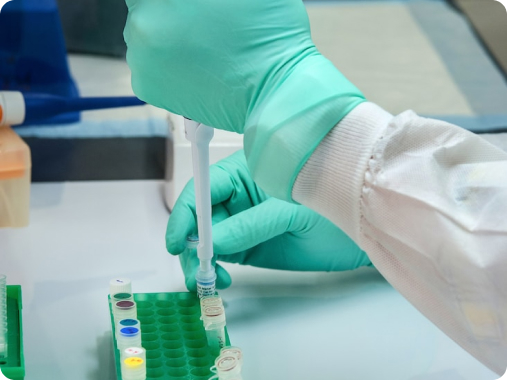In the ever-evolving world of scientific research, lab managers and scientists are constantly faced with the challenge of optimizing their laboratory operations. One critical aspect that is often overlooked but can significantly impact efficiency, accuracy, and compliance is a comprehensive lab asset management plan. We will delve into the world of lab asset management, exploring its significance, benefits, and how to craft a comprehensive plan that can revolutionize your lab’s performance.
The Foundation of Lab Asset Management
Defining Lab Asset Management
Before we dive deeper, let’s understand what lab asset management truly means. Lab asset management is the systematic process of acquiring, tracking, maintaining, and optimizing the assets within a laboratory setting. These assets can encompass a wide range of items, including equipment, consumables, reagents and more.
A Collaborative Effort
Lab asset management is not the sole responsibility of lab managers or scientists. Instead, it’s a collaborative effort that involves both parties working together, ensuring that the lab operates smoothly; resources are efficiently utilized; and research is conducted with precision.
The Benefits of a Comprehensive Lab Asset Management Plan
A well-structured lab asset management plan offers a plethora of benefits that directly impact the success of scientific research. Here are some of the key advantages:
Improved Efficiency
By having a comprehensive plan in place, labs can streamline equipment allocation, minimize downtime through proactive maintenance, and optimize the use of consumables and reagents. This translates into more efficient operations, shorter project timelines, and ultimately, faster scientific advancements.
Cost Reduction
Effective asset management reduces costs in various ways. It helps in avoiding unnecessary asset purchases by ensuring optimal utilization of existing resources. It also minimizes the risk of costly breakdowns through regular maintenance – saving labs a substantial amount of money in the long run.

Data Accuracy and Compliance
In the world of scientific research, data accuracy and compliance with regulatory standards are paramount. A comprehensive lab asset management plan ensures that instruments are calibrated correctly, preventing errors and discrepancies in research. It also helps labs maintain compliance with regulations such as FDA and ISO standards, safeguarding the integrity of their work.
Components of a Comprehensive Lab Asset Management Plan
To craft an effective lab asset management plan, you need to focus on several key components:
Asset Inventory Management
Develop a detailed asset inventory that encompasses all lab equipment, consumables, and reagents. Implement efficient asset tracking systems, such as barcoding and RFID technology, to keep track of these assets accurately.
Maintenance Scheduling
Determine the maintenance needs of your lab equipment and create schedules for both preventive and reactive maintenance. This proactive approach minimizes unexpected equipment breakdowns and ensures that your lab runs smoothly.
Calibration and Quality Control
Regular calibration of instruments is crucial for data accuracy. Implement a robust quality control process to maintain the highest standards of precision in your research.
Documentation and Record-Keeping
Establish standardized documentation practices to record asset information, maintenance history, and calibration data. Detailed records are invaluable during audits and for compliance purposes.

Alt Text: Training a lab tech as part of a lab asset management plan.
Training and Staff Awareness
Invest in training programs to educate lab personnel about asset management best practices. Create a culture of responsibility and awareness among your team to ensure everyone contributes to the success of the plan.
Crafting Your Comprehensive Lab Asset Management Plan
Now that we’ve covered the key components, let’s discuss how to create your lab asset management plan:
Assess Your Lab’s Needs
Begin by identifying your lab’s specific asset management requirements. Align your plan with your lab’s goals and research objectives, taking into account the types of assets you have and their criticality to your work.
Features to Look for in an Asset Management System
When selecting an asset management system, consider features such as user-friendliness, compatibility with existing lab equipment, reporting and analytics capabilities, and integration with lab information systems.
Implementation Steps
Formulate an asset management team, assign responsibilities, set realistic timelines, and establish goals. Be prepared to address resistance to change by communicating the benefits of the plan to your team.
Maintenance and Continuous Improvement
Implementing the plan is just the beginning. To ensure its long-term success, focus on:
Regular Audits and Assessments
Conduct periodic asset audits to identify areas that require improvement. Regular assessments help you fine-tune your plan over time.
Gathering Feedback
Encourage lab personnel to provide input and suggestions for optimization. An engaged team can help identify areas for improvement that might have been overlooked.
Adapting to Technological Advancements
Stay updated on technological trends in asset management. Embrace innovations like IoT, artificial intelligence, and blockchain to enhance the efficiency and security of your asset management processes.
Compliance and Regulatory Considerations
Meeting regulatory standards is crucial in scientific research. Ensure that your lab asset management plan complies with FDA and ISO standards, and implement robust data integrity and security measures.
RENOVO Life Sciences: Your Lab Asset Management Partner
A comprehensive lab asset management plan is the key to success in scientific research. Lab managers and scientists must work together to implement best practices, embrace technology trends, and ensure compliance with regulatory standards. By doing so, labs can optimize their operations, reduce costs, and produce more reliable research results, ultimately advancing scientific knowledge and innovation.
For further insights, case studies, and resources on lab asset management, contact Renovo to discuss your lab asset management needs. Together, we can revolutionize the way we manage assets in the world of scientific research.

